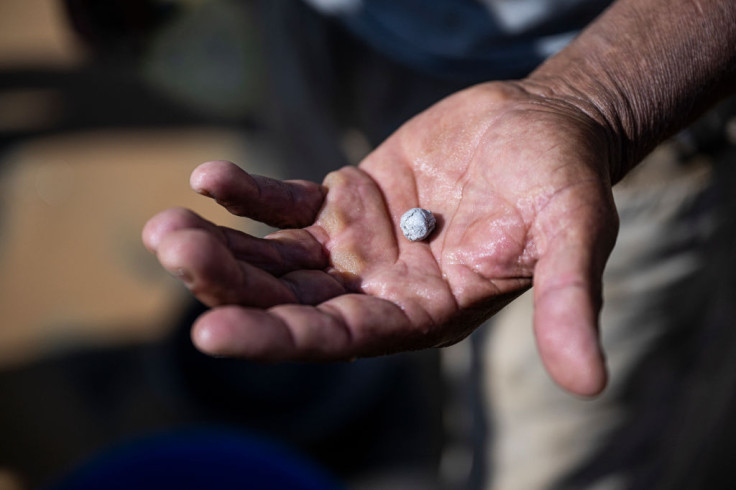
For years, Latin American criminal organizations have expanded beyond drug trafficking into new areas. Now, a report from the Environmental Investigation Agency (EIA) shows that some cartels in Latin America — especially in Mexico — have begun to trafficking mercury, a toxic chemical whose production, export and use have been banned or phased out by more than 100 countries since 2013.
According to The Guardian, mercury production in Mexico is "out of control" due to rising gold prices and cartel involvement with the deadly chemical being smuggled to South American countries including Colombia, Bolivia and Peru.
The EIA investigation identifies the Cártel Jalisco Nueva Generación (CJNG) as the leading force behind mercury trafficking. The agency found at least 19 active mines in the Mexican state of Querétaro, producing about 100 tons of mercury annually.
Mexican officials had reported to the United Nations a drop in domestic mercury production — from 442 tons in 2018 to zero in 2020. However, EIA undercover investigators tracked about 200 tons of mercury moving from central Mexico all the way down to the Amazon rainforest between 2019 and 2025.
Mercury has long been considered one of the 10 deadliest chemicals in the world. Toxic to human health, mercury poses a particular threat to the development of children in utero and early childhood. It also damages the nervous, digestive and immune systems, as well as the lungs, kidneys, skin and eyes, according to the World Health Organization.
EIA investigators who identified nearly 20 mercury mines in Mexico said the sites lacked health, safety and environmental oversight, contributing to pollution in rivers used by at least 17 downstream communities near Querétaro. Some soils in the region contain mercury levels up to 150 times the safe limit, investigators said.
Adam Dolezal, investigations coordinator at EIA, said smugglers are able to ship large loads of mercury undetected by hiding the chemical in gravel. Once the shipments cross the U.S.-Mexico border, criminal groups extract the mercury from the rock before sending it to the Amazon.
"The Jalisco Cartel exerts a high degree of control in some of the mines," Dolezal said. "Our team documented armed control points, surveillance towers and threats of violence. Cartel involvement has industrialized production and, in some mines where mercury is not processed on site, ore is trucked out in bulk under cartel control."
According to EIA estimates, mercury produced from these mines could have generated up to $8 billion in illegal gold.
The report warns that unless Latin American countries implement stricter regulations on mercury trade, illegal smuggling and ecosystem pollution will continue.
Mercury pollution is particularly difficult to track, the EIA said, because the chemical can travel undetected for hundreds of miles in rivers, contaminating water and soil.
For the Yanomami indigenous community in the Brazilian rainforest, mercury has already disrupted the ecosystem and caused lasting health impacts.
Dead fish washing ashore were followed by an increase in babies born with missing limbs and developmental problems.
"We don't know the full effect, but we know there is no cure," Dario Kopenawa Yanomami told The Guardian. "Experts have already told us the mercury will remain in the water and soil for at least 10 years. It's very worrying."
Amid its findings, the EIA called on Mexican authorities to regain control of Querétaro's mines and shut them down, and urged better communication with environmental agencies and the use of artificial intelligence to combat smuggling.
"Illegal gold mining is one of the greatest evils afflicting riverside communities and indigenous populations in South America," said Antenor Vaz, a specialist at an indigenous rights group who was not involved in the report. "The indiscriminate use of liquid mercury contaminates waterways, the food chain and all the populations that depend on these sources."
© 2025 Latin Times. All rights reserved. Do not reproduce without permission.







